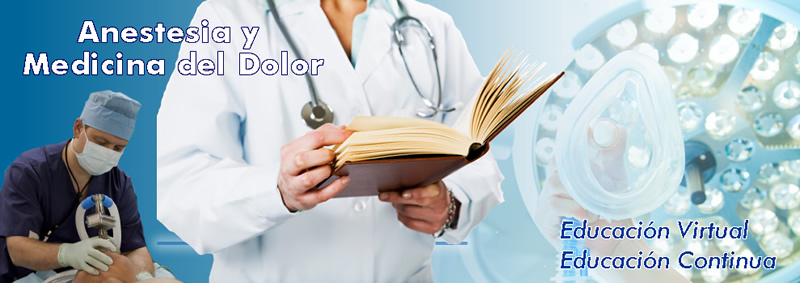El papel de las técnicas de anestesia local en los protocolos ERAS para cirugía torácica.
The role of local anaesthetic techniques in ERAS protocols for thoracic surgery.
J Thorac Dis. 2018 Mar;10(3):1998-2004. doi: 10.21037/jtd.2018.02.48.
Abstract
The use of enhanced recovery after surgery (ERAS), as in other surgical specialties, is an emerging concept in cardio-thoracic surgery but there is still a lack of effective protocols to reduce the burden of surgery on the patient, shorten the period of postoperative recovery, and reduce the likelihood of chronic pain developing. The use of local anaesthetic (LA) techniques, such as thoracic epidural analgesia (TEA) and paravertebral blocks (PVB), as an adjunct to anaesthesia are considered key components, though there is little data for direct comparison of the techniques. This review aims to evaluate the role of LA techniques in a thoracic ERAS program through evidence from literature and considering aspects of clinical practice. We discuss how ERAS is adapting and evolving with the increasing use of video-assisted thoracoscopic surgery (VATS) is thoracic surgery. It also examines the advantages of multimodal, opioid-sparing analgesia in the post-operative period to minimise the inflammatory response and improve functional recovery. LA techniques within ERAS protocols have the potential to hasten recovery when managed appropriately and to their full potential.
KEYWORDS: Enhanced recovery; epidural anaesthesia; local anaesthetics (LA); paravertebral block (PVB)
| 



